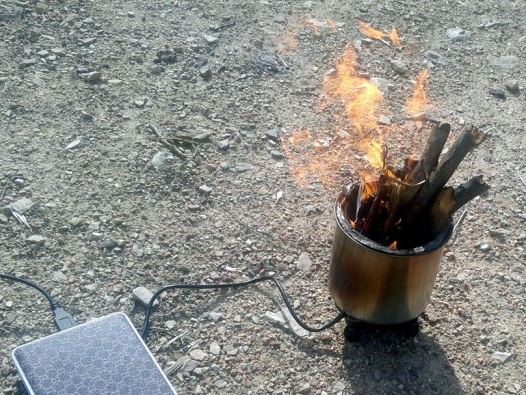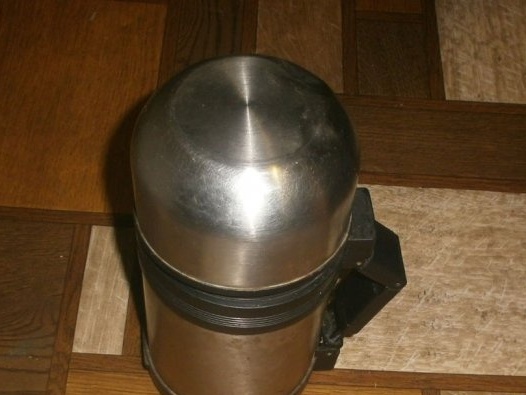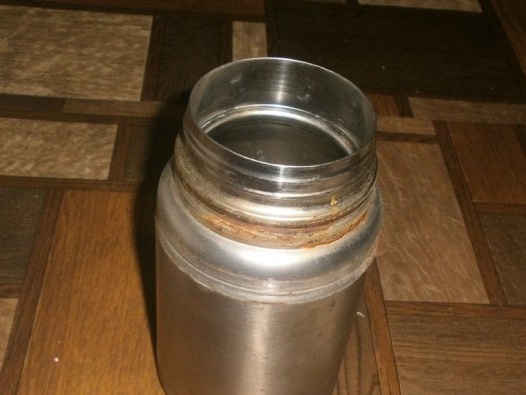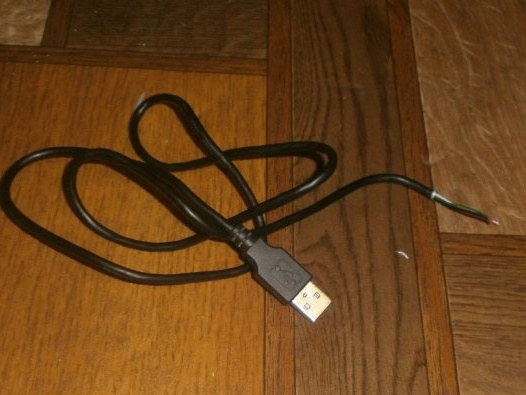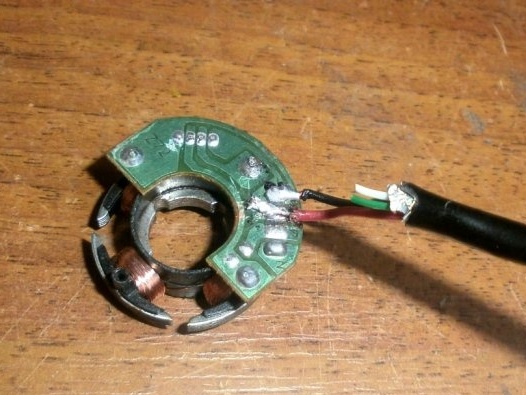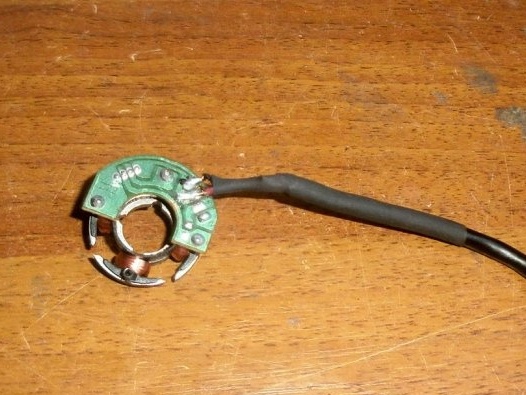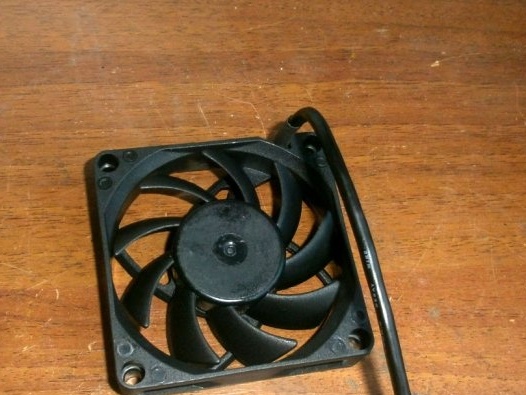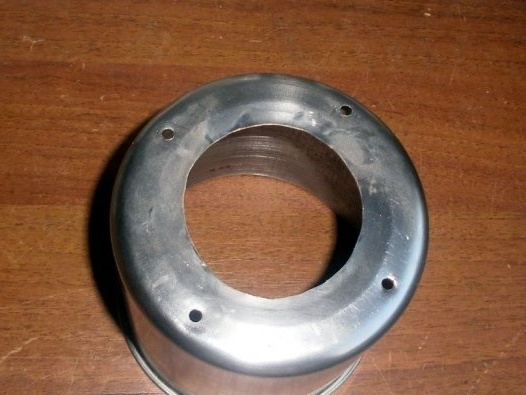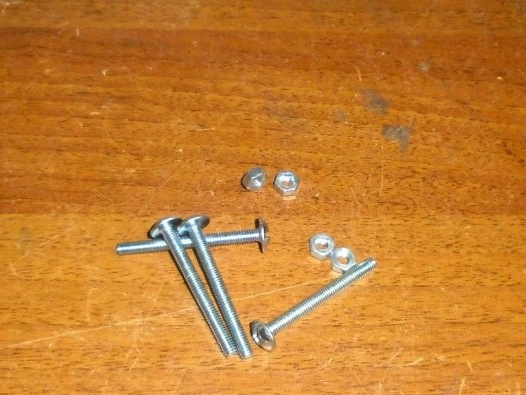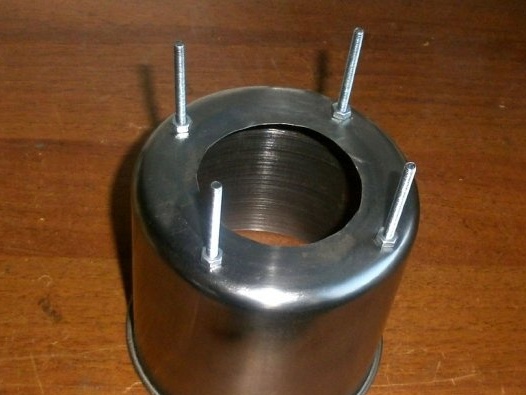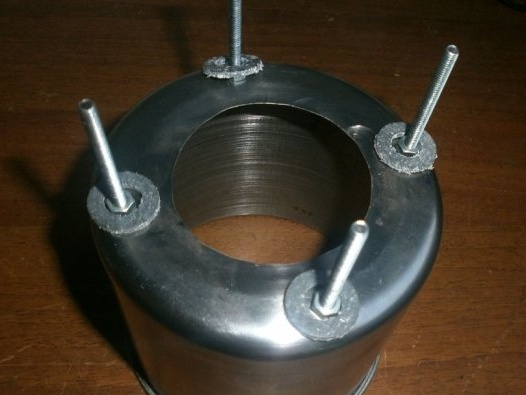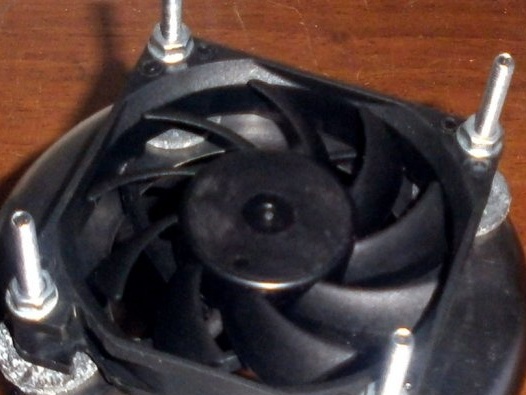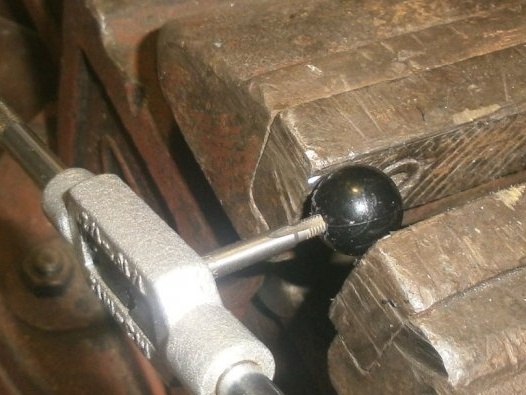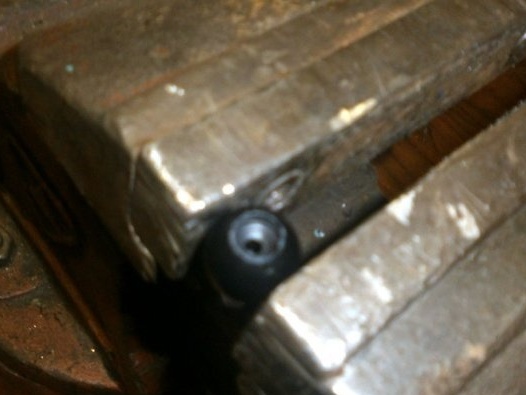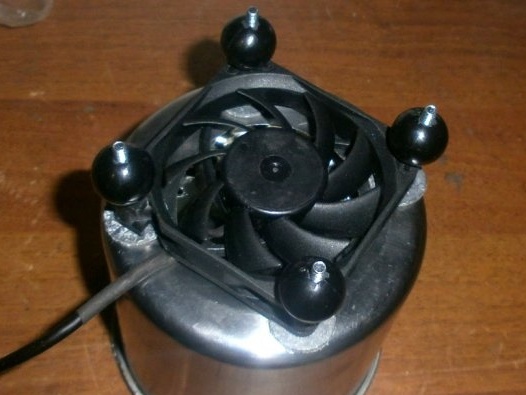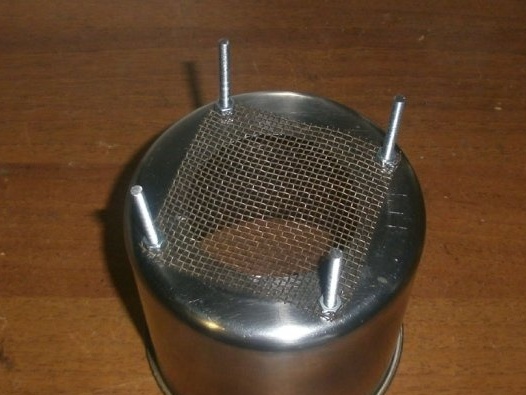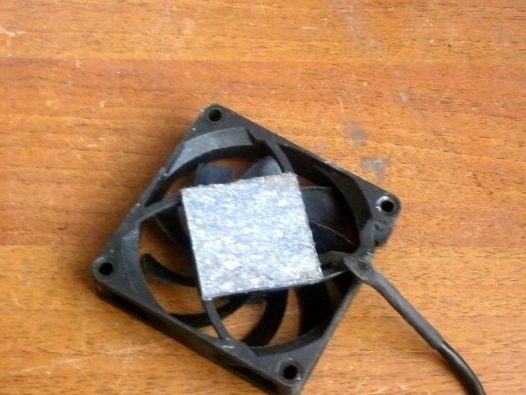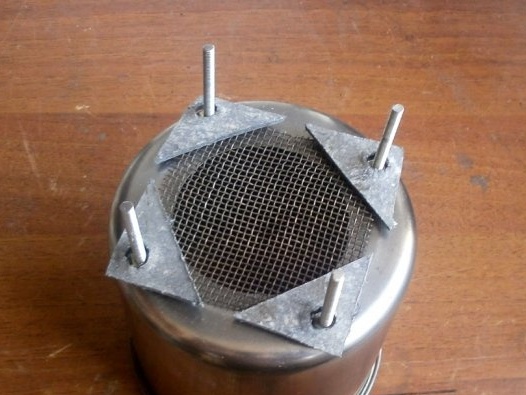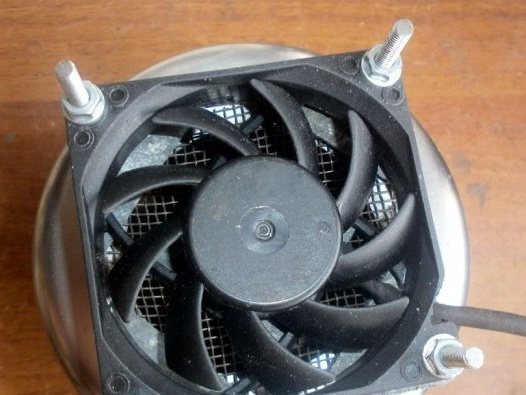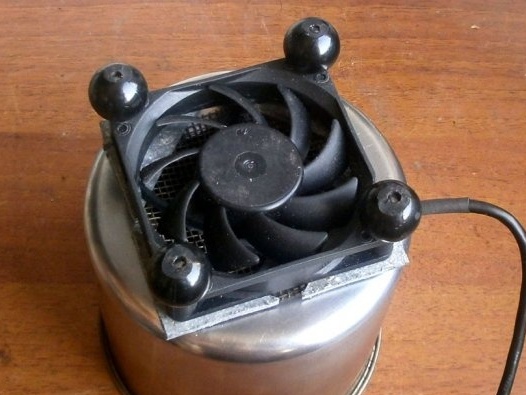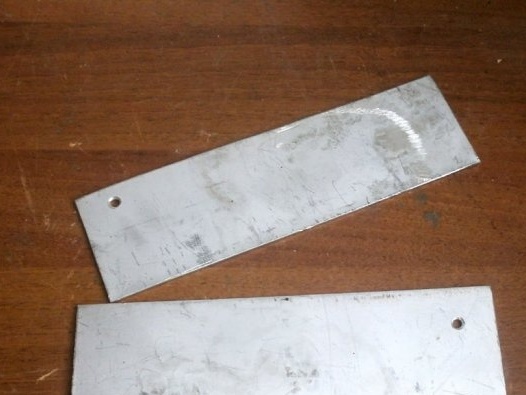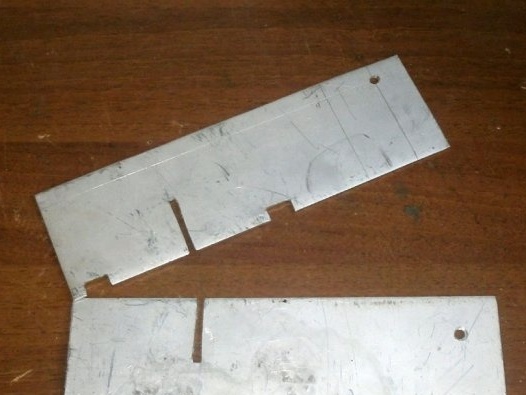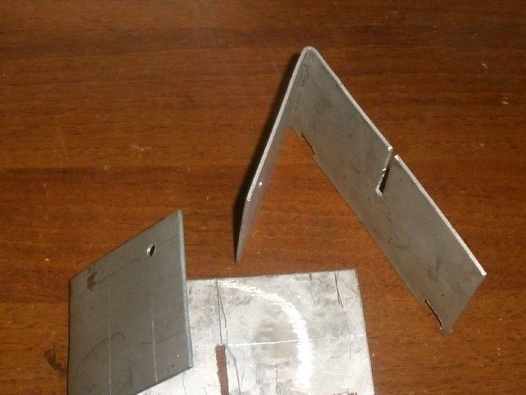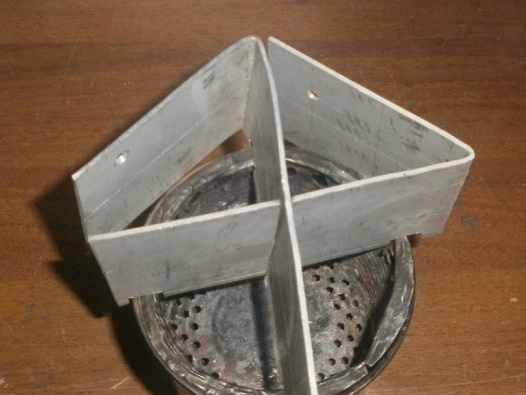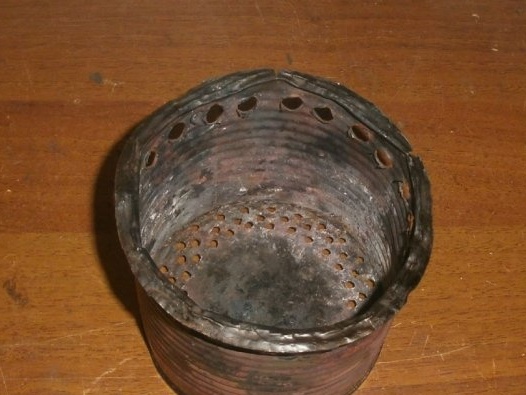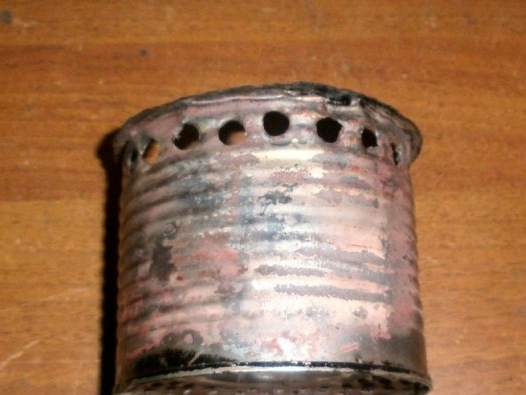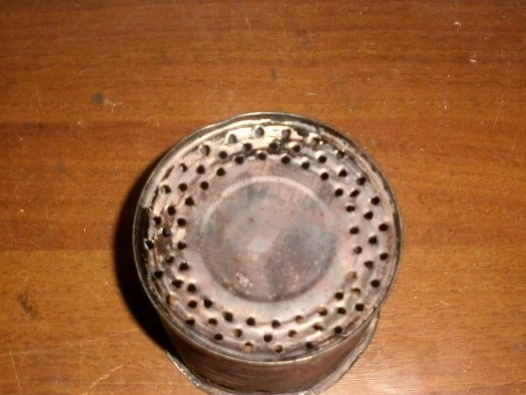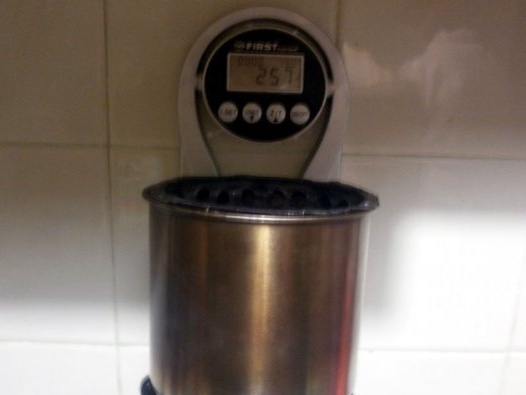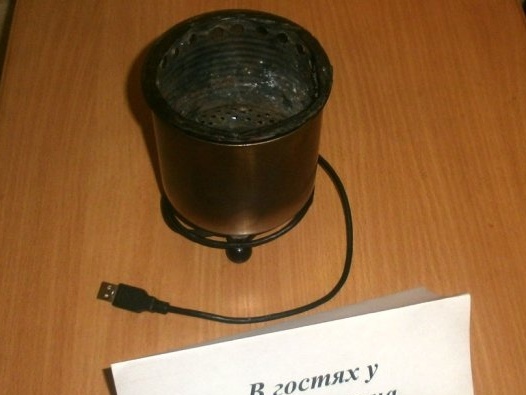A stove-chipper, a turbo-stove, a chipper, a camping stove, a Bond stove and a dozen and a half different names of the same device, providing a tourist who prefers walking, for several days of trekking not only with hot tea and coffee, but also freshly prepared food. And my friend, who prefers just this type of vacation, sowed doubts in me: do it yourself. There is business - for an hour and a half maximum, and they cost from 2,500 rubles or more.
She doesn’t need me: I prefer another type of outdoor recreation. But prepared for the season fully armed: rocket stove for cauldron, more barbecue and compact barbecue grill, and hands, to do something else interesting, itch. And I began to study options, including here. For example, this bake, this or this.
But having sorted through a bunch of options, including purchased ones, he revealed: there are active ones, with a fan, or, as it is often called, Carlson, and passive ones. But if the second option is uninteresting, then sorting through the options with a supercharger, I had a simple question: why is it always on the side? Wouldn't it be more logical to place it below? So the air injection will be uniform, and more pyrolysis gases will be emitted during combustion, and the empty stove will definitely not collapse.
The second question is power for the fan. The options are simpler to work on two AA or AAA batteries, the more cumbersome ones on 18650 batteries. But is this necessary? Since the batteries, even if the manufacturer claims about 50 hours of continuous operation, tend to sit at the most inopportune moment, and the battery is often forgotten in charging.
But the banks, with standard usb-connectors, so that at the most inopportune moment not to be left without a smartphone, they take everything. Moreover, it comes to the fact that some hikers acquire a second, "just in case." So it turns out that you need to use this option: it also saves weight.
As a supercharger, I ordered a computer fan to cool the case, with the characteristics:
• speed - 3.800 rpm;
• and sizes 70 to 70 mm.
It's just that it is designed for 12 volts, and usb gives out only 5. Even in the profile store, while he was driving, they doubted whether it would start or not. Honestly, I'm a “teapot” in such matters, so I decided to just try it. Looking ahead, I’ll say that everything worked perfectly.
But the case itself decided to make a thermos. Even in the bins I found an old, no longer holding heat, thermos for lunch from stainless steel.
He removed the plastic parts, but decided to cut his throat and cut a neat hole in the bottom for blowing. And since it is difficult to do this with hand tools, I gave it to the turner, rightly believing that it was work for him for 5 minutes.
It’s just that the turner turned out to be ... I won’t pronounce the words escaping from me, but the thermos, apparently badly clamped, flew out and wrinkled into the trash. Therefore, when all the curses against the unfortunate master were over, I had to sort out ideas again.
I took a stainless steel mug for 800 ml as the outer case, but I postponed the search for the inner one. Therefore, at first, replaced it with a can of canned pineapples.
The wire took the most ordinary, from the charger, in which misro-usb broke. Let me tell you right away: leave a genuine “tail”, do not cut it too much.
The fan disassembled simply, and instead of the native red and black wires, it soldered the same colors from usb.
And since I cleaned them strongly, I additionally insulated them with a thermotube on top.
Assembled, checked, the fan works fine.
Now the mug. The handle broke off easily (here it is, “high-quality” spot welding), it didn’t even have to be cleaned. I cut a hole with a diameter of 65 mm and drilled 4 holes for M4 screws, 40 mm long.
In addition to them (he took with a big hat), 8 M4 nuts and 4 washers were needed.
Screwed the "horns"
and so that the fan does not melt (from the reviews I know that the stove heats up very much when burning), I put in paronite spacers: 3/4 gaskets fit perfectly.
He put on a fan, washers, and pulled it with nuts.
But the stove should have legs. Therefore, he took beads with a diameter of 20 mm, drilled them, and cut the thread.
And so that when wrapping them they closed the external nuts, I drilled them with a drill with a diameter of 8 to a depth of 3 mm.
Done. True, the screws had to be cut.
Here are just a test test showed: the central part of the fan melts. Sadness, you need to invent something.
The idea was born quickly: mesh. So the ashes will not pour,
and paronite on the central part (took 3 mm thick) will be pressed during assembly.
From it I cut corners instead of gaskets.
They are larger, but do not block the blowout hole. Attach again with nuts
and screw the balls of balls. The stove is ready.
We pass to field tests. It flares up superbly, burns evenly, and the claims that even wet branches are used (skeptical of this assurance) turned out to be the true truth. I didn’t try only to heat with cones: it was not at hand.
We proceed to the manufacture of the upper stand for a teapot-pan-frying pan: I decided to combine it with wind protection.
Two aluminum-two plates fell under the arm: 220 mm long and 65 mm wide. Now tips will pour in: “winged metal will definitely burn out”, “you need to make stainless steel” and so on. But the goal is to minimize weight, plus they were at hand.
I made cuts under the cross (I mowed, I have to make another one), plus small cuts to make it stand. At the same time, he made them not in the middle, but displaced them.
Further bent at 45 degrees.
Done, now another test: try to boil water.
The test object is a 2 liter cauldron. Fuel - chips, twigs, grass, weather - not strong, but still the wind. Therefore, we make a fire, put a divider, a casserole with water, cover it with a lid and note the time. Less than 12 minutes passed: the water boiled. The result, as for me, is excellent. Verification of this creation has passed completely.
But do not leave the very firebox with a piece of a tin can. Therefore, it was naive (as I later understood) deciding that it would be easy to buy another mug of stainless steel for 650-700 ml, again break off the handle, drill holes, and everything would be fine, I went to the department store. But alas: they are simply not there.
Therefore, the search for the necessary circles was postponed "for later." Fairly believing that replacing a burnt-out tin can is not difficult, the hiking season is just around the corner and you need to give the product to the customer.
The jar used for the tests showed that the holes were perfectly matched: in a circle, in a row, with a diameter of 8 mm, at the top edge,
and many small, two millimeter, bottom. They are not located all over the bottom, but only where they do not fall above the fan. So hot ash will definitely not get on the fan blades, even if you turn it off.
I liked the weight - less than 300 grams. And even though it will be larger with a windshield divider, anyway, there will be much fewer options that are on sale.
That's all, now the stove-chipper is ready. It remains to go camping with her and experience her "in the fields." But given that hiking and I are absolute antonyms, I definitely don't do that.
I look forward to criticism, advice, comments: indeed, the opinion from the outside is very interesting.


